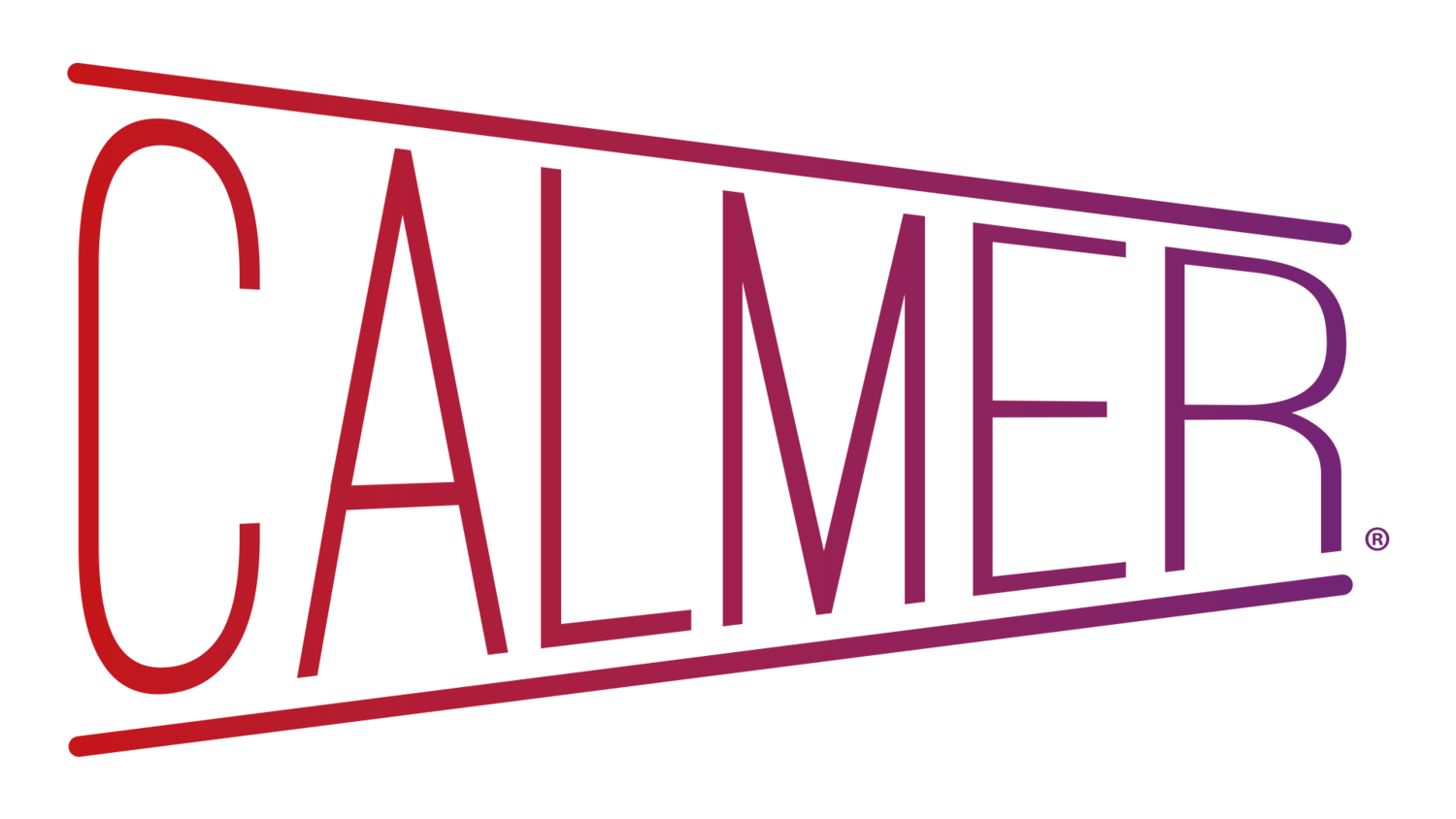Across the globe, organisations are seeing a significant increase in employee resignations. In the US alone, 4 million workers left their jobs in April this year and with lockdown restrictions lifting and “normal” life resuming, it appears more and more individuals are looking for new job opportunities, a more flexible working schedule or even a complete career change.
This trend has come as many employees and organisations are nearing the end of an extensive period working from home. It is thought that the experience of working remotely during this time has led to a shift in values and priorities for many individuals, both in their personal and professional lives, which has prompted them to reconsider their current employment. So how can employers prevent this increasing job dissatisfaction and the rise in resignations? And what can they do to ensure their employees are motivated, happy, and healthy?






